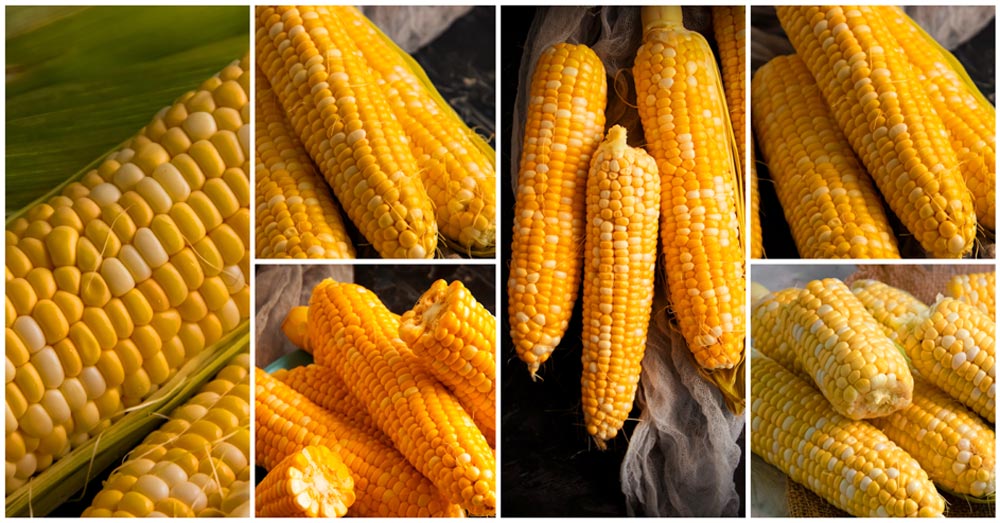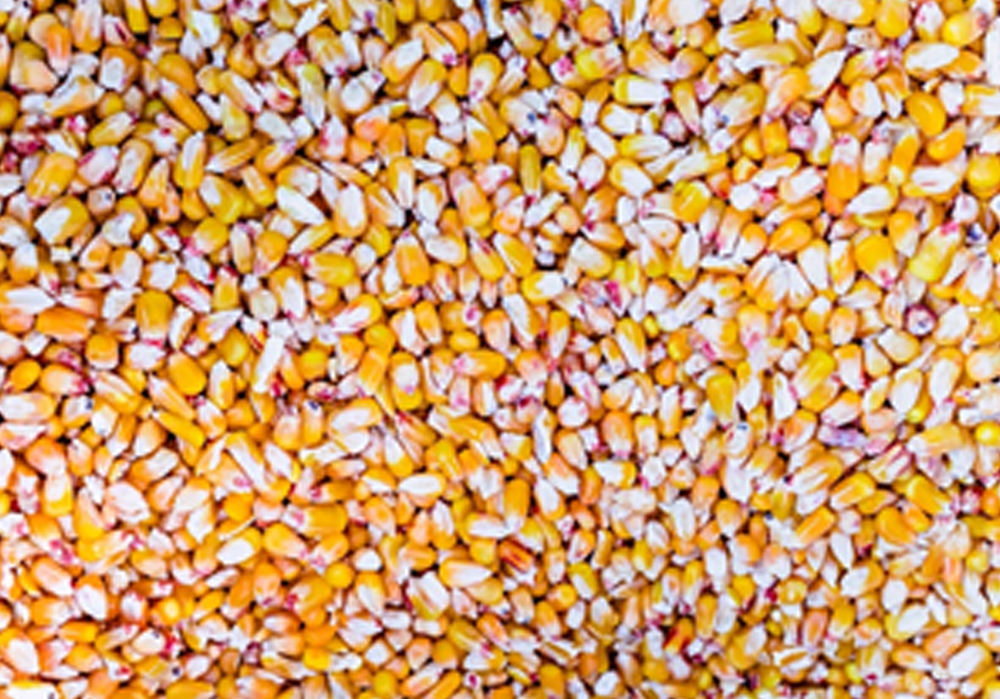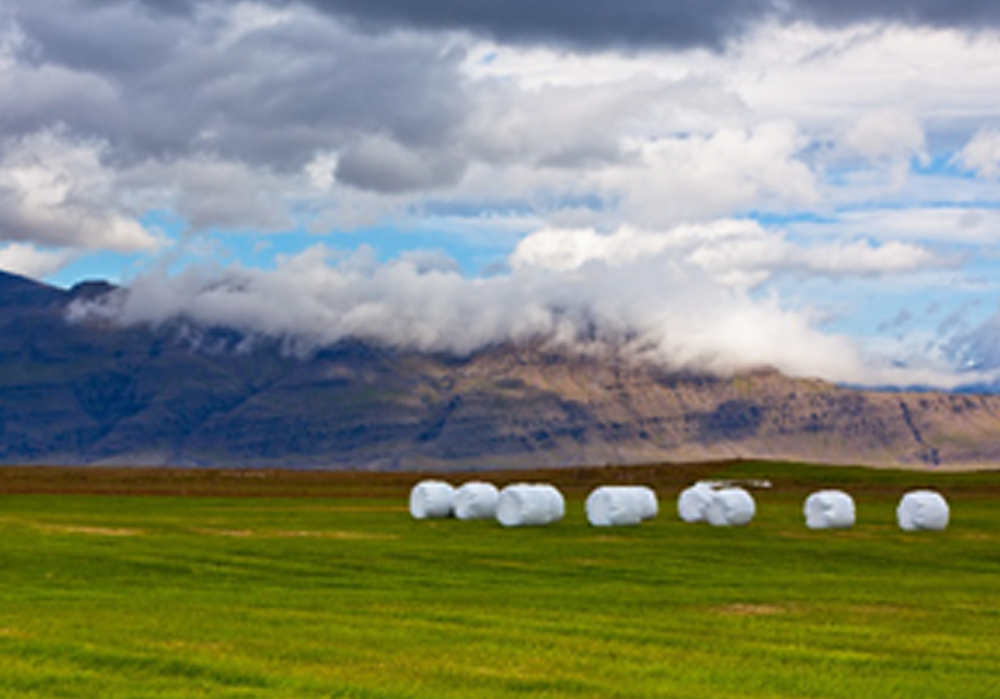BASIC GUIDELINES FOR SELECTION OF CORN SILAGE HYBRIDS

To produce silage and milk profitably, corn hybrid selection is very crucial. You may manage risk and improve silage quality, production, and overall economic return by carefully selecting your silage hybrid.
Selection of Hybrids for corn silage
Longer-season hybrids typically generate more silage per acre. In general, hybrids planted for silage should be five units more mature than hybrids planted for grain. However, if one wants to harvest silage early or have the choice to harvest corn for grain rather than silage, longer-season hybrids might not be the best option.
A hybrid with strong performance in several conditions will likely continue to do well the following year. Dairy farmers should choose hybrids that are effective over a variety of sites in an area for this reason.

- Choose hybrids with high milk per ton and milk per acre values. These hybrids are the most productive and yield high-quality feed and silage.
- Low milk per ton and high milk per acre hybrids provide a lot of milk with below-average quality. These hybrids’ silage can be more suitable for animals with less nutritional needs than lactating dairy cows.
- High quality and below-average output are characteristics of hybrids with high milk per ton and low milk per acre values. Because quality improvements are unlikely to make up for output declines, these hybrids will not be profitable for dairy producers who cultivate their own silage.

- Stay away from hybrids that have poor milk per ton and milk per acre values. They produce substantially less and of lower quality.
Higher values for CP, starch, NDF digestibility, and in vitro digestibility often represent higher performance potential, however higher values for NDF values generally indicate lower intake and animal performance.
Even while even modest variations in fodder quality can have a major impact on milk production, a difference of less than 5% between hybrids in any one quality parameter is probably not statistically significant or cause for concern, especially when milk per ton summarizes forage quality overall.

Agronomic and Transgenic Traits
Agronomic Considerations

